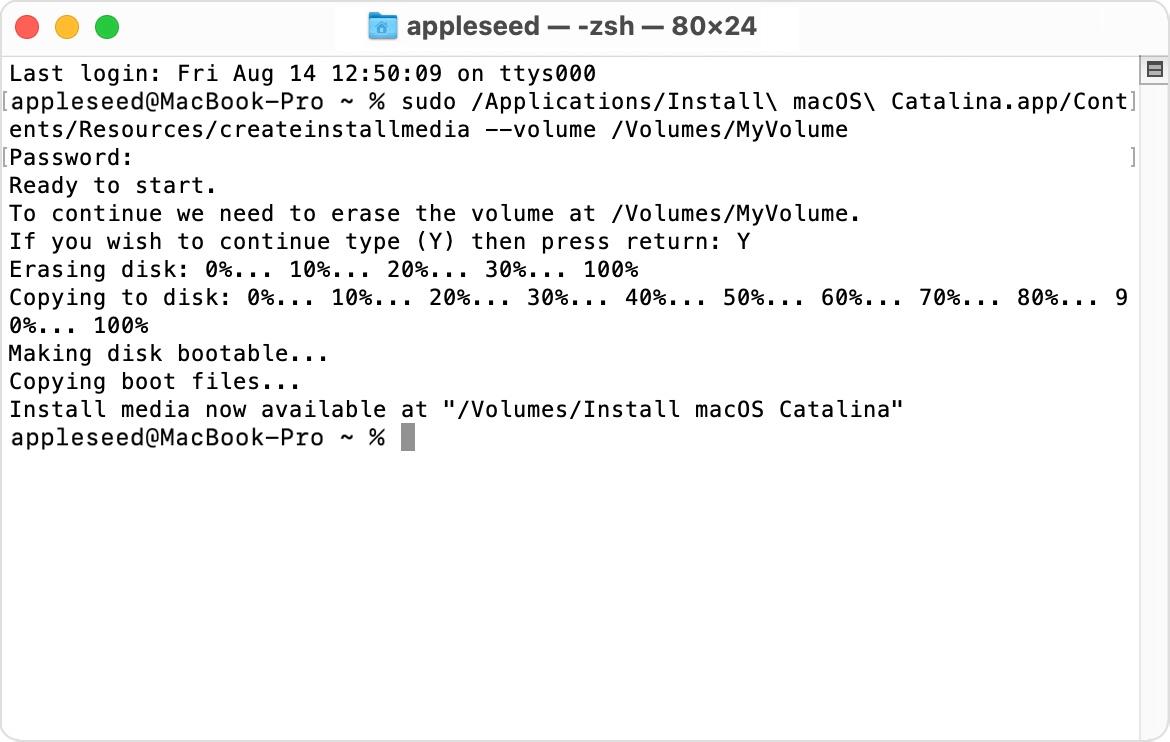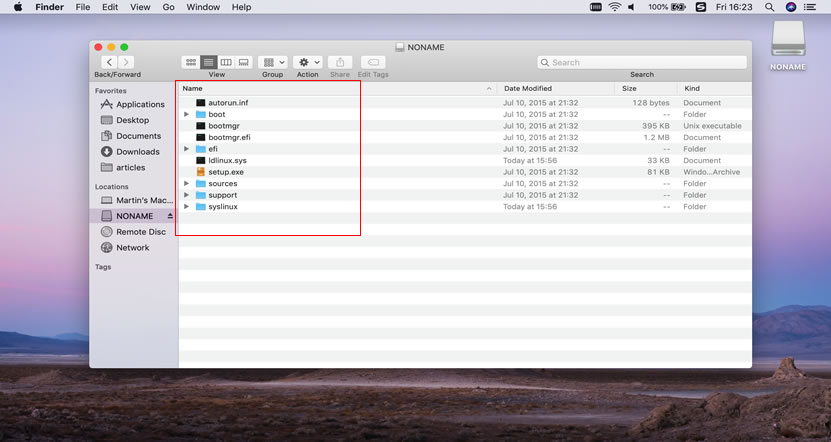

- #MAKING BOOTABLE USB FOR ISO MAC OS MAC OS X#
- #MAKING BOOTABLE USB FOR ISO MAC OS INSTALL#
- #MAKING BOOTABLE USB FOR ISO MAC OS 64 BIT#
- #MAKING BOOTABLE USB FOR ISO MAC OS UPDATE#
#MAKING BOOTABLE USB FOR ISO MAC OS MAC OS X#
As the numeric change would suggest, though, this is the biggest change to macOS since Apple introduced Mac OS X roughly 20 years ago. As with every upgrade since the original release of Mac OS X, we have to make changes to CCC to accommodate the changes in this new OS. With the announcement of macOS Big Sur, Apple has retired Mac OS X (10) and replaced it with macOS 11. Please keep in mind, however, that your CCC backup does not have to be bootable for you to be able to restore data from it.
#MAKING BOOTABLE USB FOR ISO MAC OS INSTALL#
If you would like to make your Apple Silicon Mac backup bootable, you can install Big Sur onto the CCC Data Volume backup.
#MAKING BOOTABLE USB FOR ISO MAC OS UPDATE#
When Apple fixes that, we'll post an update to CCC that restores support for making bootable backups on Apple Silicon Macs.ĬCC is a native application on Apple Silicon and is 100% compatible with Apple Silicon MacsĬCC will automatically proceed with a Data Volume backup when backing up an APFS Volume Group on Apple Silicon Macs - that's a complete backup of your data, applications, and system settings. Support for System volume cloning on Apple Silicon Macs is disabled for now because Apple's APFS replication utility does not currently work on that platform.

Update Nov 24: CCC 5.1.23 can now make bootable backups of a Big Sur startup disk on Intel-based Macs. As a result most Linux Bootable USB utilities will either truncate the install.wim giving incomplete installation media or format the partition as NTFS meaning the Bootable USB won't pass Secure Boot.ĭouble click the ISO file to open it in Finder.CCC 5.1.23+ can make bootable backups of Big Sur on Intel-based Macs. The FAT32 file system unfortunately has an upper limit of 4.0 GB and there is usually an install.wim file on the direct download links ISO which exceeds 4.0 GB (this depends on the Windows 10 Version and Language). Checking your Install.wim File SizeĪ Windows 10 UEFI Bootable USB needs to use the GPT Partition Scheme with a FAT32 Partition. Older Windows versions such as Windows XP and Windows 7 were commonly crippled by ransomware as they did not use Secure Boot. This allows windows 10 and its inbuilt security to Boot before ransomware. Secure Boot prevents malicious code from Booting up before Windows 10, allowing only signed code to Boot. A MBR partition scheme on the other hand only had one boot partition which could get easily corrupted rendering the Windows 10 OS Unbootable.

#MAKING BOOTABLE USB FOR ISO MAC OS 64 BIT#
Only 64 Bit Operating Systems are supported with a UEFI Boot.Ī GPT partition scheme allows more than 4 partitions on a SSD/HDD which means there are multiple recovery partitions created during the Windows install making the Windows 10 Boot more robust. Windows 10 installation media should be setup to accommodate these technologies. If it does not retry the download as your ISO is corrupt: Creating a Windows 10 UEFI Bootable USBĪll systems manufactured in 2012 or later have a UEFI BIOS with Secure Boot. The ISO Checksum should match Microsoft's website. I recommend using copying your ISO file name and pasting opposed to trying to type it out. Then type in: shasum -a 256 YOURISOFILENAME.iso To check the Checksum we will use the Terminal Go to Launchpad and then select Other: Clicking this will display the SHA256 checksum for each ISO: Checking Installation ISO Checksums On the download page, there will be an option to verify your Download. When you highlight these download links you will see the direct download links to Microsoft's servers and a time limited download token: You will be presented a 64 Bit and a 32 Bit Download Link. Once you have made your selection, select Confirm: Next you will need to select the Language: Once you have selected Windows 10 select Confirm: This actually displays the version as the ISO is a multi-edition ISO which covers all OEM and Retail Licenses: You will prompted to select your "Edition".


 0 kommentar(er)
0 kommentar(er)
